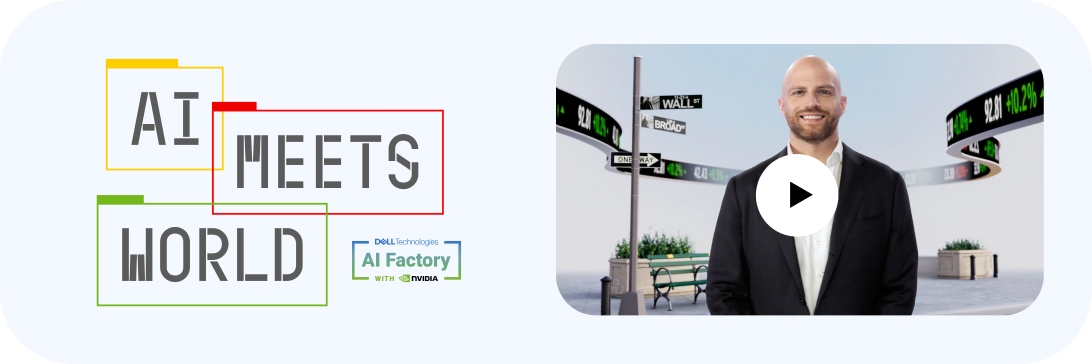Jan 17, 2025
AI Factories Create a New Era of Manufacturing
The Challenge
For more than a decade, manufacturing has been in the midst of an industrial digital transformation. But the transformation has stalled: Companies with factories around the world are still running on legacy technology infrastructure that’s outdated, on systems with disconnected tools and data. When software in the factory needs an update, technicians and engineers still walk around the floor clutching USB sticks and CD disks.
Factories have always been a gold mine for data, but there hasn’t been a practical way for companies to turn data into insights or actions. Leaders in manufacturing know AI has the potential to harness that data and supercharge the industry-wide transformation — and yet, those same leaders have been slow to act.
That’s due in part to gen AI’s challenges in manufacturing: Generative AI models like GPT have astonishing capabilities in producing human language and abstract concepts, but are limited in their grasp of the physical world.
“Manufacturing is a physical business,” says Mike Geyer, Director of Product Management, Omniverse - NVIDIA. “The business impact is more than in chatbots or LLMs to give advice and recommendations. The challenge is in training. You can't just set a virtual AI loose in your physical factory. You've got to have a digital twin–-and that's a problem the market's been grappling with for quite some time now.”
The Impact
Physically-based data generation starts with a digital twin of a space, such as a factory or a warehouse. Digital twins of factories allow manufacturers to model, simulate, and optimize their production operations without the need for a physical prototype or pilot plant.
This concept isn’t new, but AI is ushering a new era of digital twin enhancements that can perform complex simulations in the real—physical—world.
Geyer says companies that spend years building out facilities—often with multi-month delays—can harness this new era of digital twins.
“They’re able to test and validate those facilities long before they begin installing equipment,” he says.
Through what Geyer and his NVIDIA team call “physical AI,” Geyer says companies “are able to test different scenarios— whether it be a retrofit to an existing facility, changing out equipment, or changing a line to add a new type of product enhancement.”
Generative physical AI is an extension of gen AI as it understands spatial relationships and physical behavior of the 3D world. The next generation of autonomous machines like humanoid robots run on physical AI powered by specialized computers that construct virtual 3D environments.
The Dell AI Factory with NVIDIA includes NVIDIA Omniverse, a platform that elevates and extends existing software and hardware systems. NVIDIA Omniverse enables developers to integrate technologies into software tools and simulation workflows, making it easier to build the virtual environments needed to train physical AI.
“The advantages are being able to check that everything's as efficient as possible, and your product yield is going to be what you need it to be,” says Geyer. “They can optimize the throughput of the equipment, catch errors, predict downtime — even catch safety issues before they happen.”
More efficient operations means products are getting to market faster. “And companies can be more agile in making pivots to respond to market needs,” says Geyer. “We see how quickly market demands can shift, and it can take a long time to retool a factory or change your production lines. That doesn’t have to be the case anymore.”
The Takeaway
The construction of digital worlds within an industrial metaverse can seem theoretical and abstract. Companies attempting to implement AI without the proper expertise struggle to jumpstart their AI journey.
“It can take months to get the right infrastructure in place to make sure that your models run on it and that it's scalable to your needs,” says Geyer.
But businesses adopting AI solutions like the Dell AI Factory with NVIDIA are seeing tangible results in short order.
“It’s about accelerating AI adoption,” says Geyer. “We're talking about months of time saving by having something like the Dell AI Factory with NVIDIA , where it's already set up and tuned into your needs.”
With the AI revolution on the verge in manufacturing, industry leaders can’t afford to wait.
“Companies that have embraced AI will be on an asymptotic curve compared to what their competitors are doing,” says Geyer. “Proven infrastructure and proven deployment expertise can give companies a solid foundation to build the right way for the future — and create the scale that they need.”

